Vitamin B is a water-soluble vitamin, and all vitamin B must act simultaneously, known as the fusion effect of VB. They work together to regulate metabolism, maintain skin and muscle health, enhance the function of the immune and nervous systems, promote cell growth and division (including promoting the production of red blood cells and preventing anemia). Individually ingesting a certain type of VB increases the demand for other VBs due to increased cell activity, so the effects of various VBs complement each other, known as the "barrel principle".
There are more than twelve types of vitamin B, with nine widely recognized worldwide. All of them are water-soluble vitamins that remain in the body for only a few hours and must be supplemented daily. B group is an essential nutrient for all human tissues and is the key to releasing energy from food. All of them are coenzymes involved in the metabolism of sugars, proteins, and fats in the body, thus being classified as a family.
Vitamin B is mostly a coenzyme in the human body, mainly consisting of the following types.
1. Vitamin B1
B1 was the earliest purified vitamin, first discovered by Dutch scientist Ekman in 1896, and extracted and purified from rice bran by Polish chemist Funk in 1910. It is a white powder that is soluble in water and easily decomposes when exposed to alkali. Its physiological function is to enhance appetite, maintain normal neural activity, etc. Lack of it can lead to beriberi, neurodermatitis, etc. Adults need to consume 2mg per day. It is widely present in foods such as rice bran, egg yolks, milk, tomatoes, and can now be artificially synthesized.
2. Vitamin B2
B2, also known as riboflavin. In 1879, chemist Bruce of the United Kingdom of Great Britain and Northern Ireland first discovered it from whey. In 1933, chemist Goebbels of the United States extracted it from milk, and in 1935, German chemist Cohen synthesized it. Vitamin B2 is an orange yellow needle shaped crystal with a slightly bitter taste. Its aqueous solution has yellow green fluorescence and is easily decomposed under alkaline or light conditions. This is the reason why no alkali is put into porridge. Lack of it in the human body can lead to conditions such as stomatitis, dermatitis, and microvascular hyperplasia. Adults should consume 2-4mg per day, which is abundant in foods such as grains, vegetables, milk, and fish.
3. Vitamin B5
B5, also known as pantothenic acid. Anti stress, anti cold, anti infection, preventing the toxicity of certain antibiotics, and eliminating postoperative abdominal distension.
4. Vitamin B6
Discovered by American chemist Colig in 1930. It has functions such as inhibiting vomiting and promoting development, but its absence can cause symptoms such as vomiting and cramps. Adults consume 2mg per day, which is widely present in rice bran, soybeans, egg yolks, and animal liver and can now be artificially synthesized.
Daily requirement: Women need 1.2 milligrams. Two slices of whole wheat bread with 100g smoked ham and one chili pepper, 120g salmon slices, 150g chicken liver or one avocado, 100g roasted ham is enough.
Effect: Our body needs vitamin B6 to produce the brain neurotransmitter serotonin, which brings passion for "good emotions". In addition, it is also an important analgesic.
Side effects: Taking around 100 milligrams per day can cause damage to the brain and nerves. Excessive intake can also lead to so-called neuropathy, a neurological disorder characterized by sensory impairment. The worst-case scenario is causing the skin to lose consciousness.
5. Vitamin B12
In 1947, American female scientist Chopper discovered vitamin B12 in beef liver extract, which was later analyzed by chemists as an organic compound containing cobalt. It has stable chemical properties and is an essential substance for human hematopoiesis. Lack of it can lead to malignant anemia. At present, although it can be artificially synthesized, the cost is high, so biotechnology is still used to produce it through bacterial fermentation. The human body requires approximately 12 hours per day μ G (1/1000mg), people generally do not lack it.
Anti fatty liver, promoting the storage of vitamin A in the liver; Promote cell development and maturation as well as body metabolism; Treat pernicious anemia.
6. Vitamin B13, also known as lactate.
7. Vitamin B15, also known as tryptophan.
Mainly used for anti fatty liver and improving tissue oxygen metabolism rate. Sometimes used to treat coronary heart disease and chronic alcoholism.
8. Vitamin B17
Highly toxic. Some people believe that it has the effect of controlling and preventing cancer.




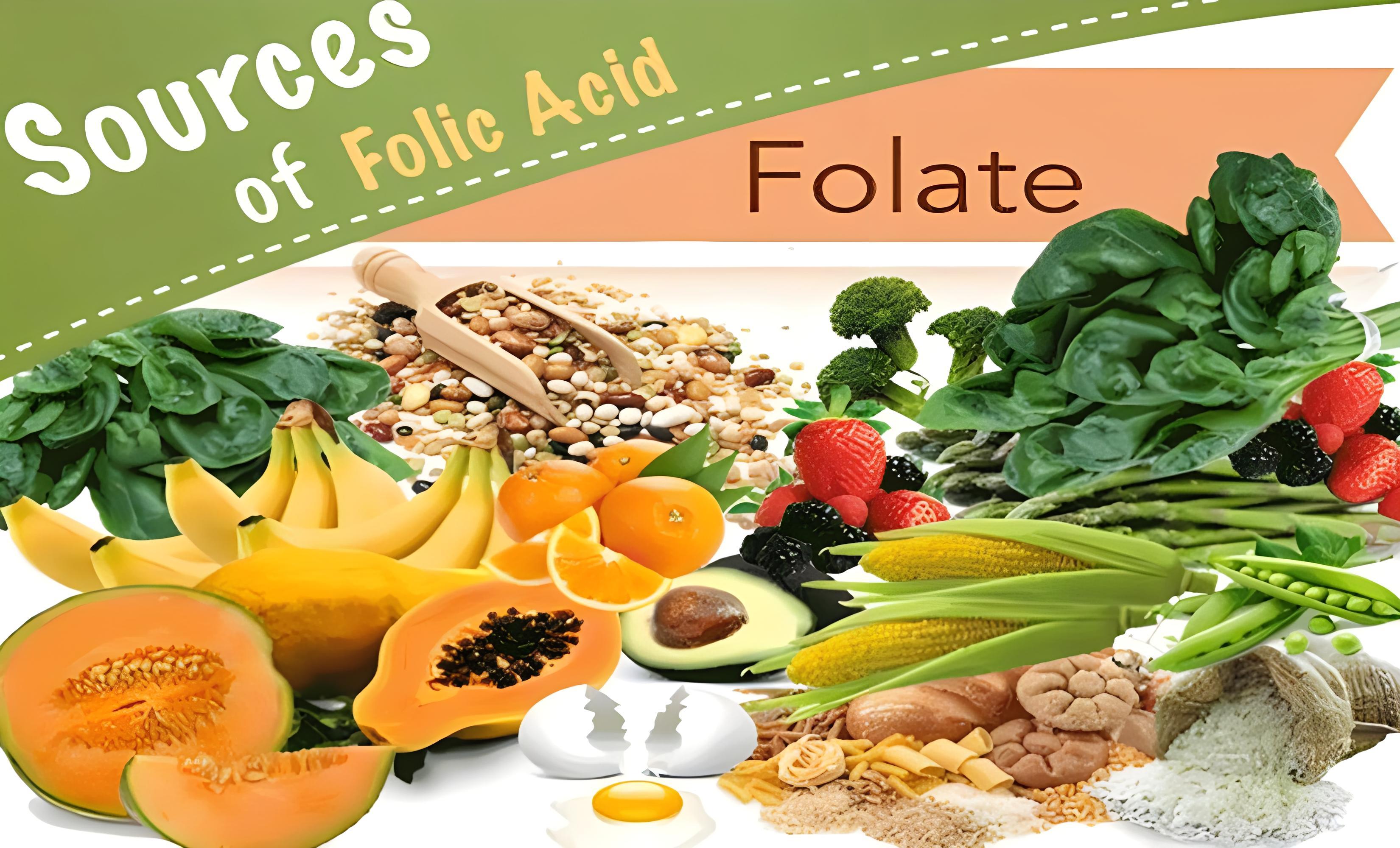

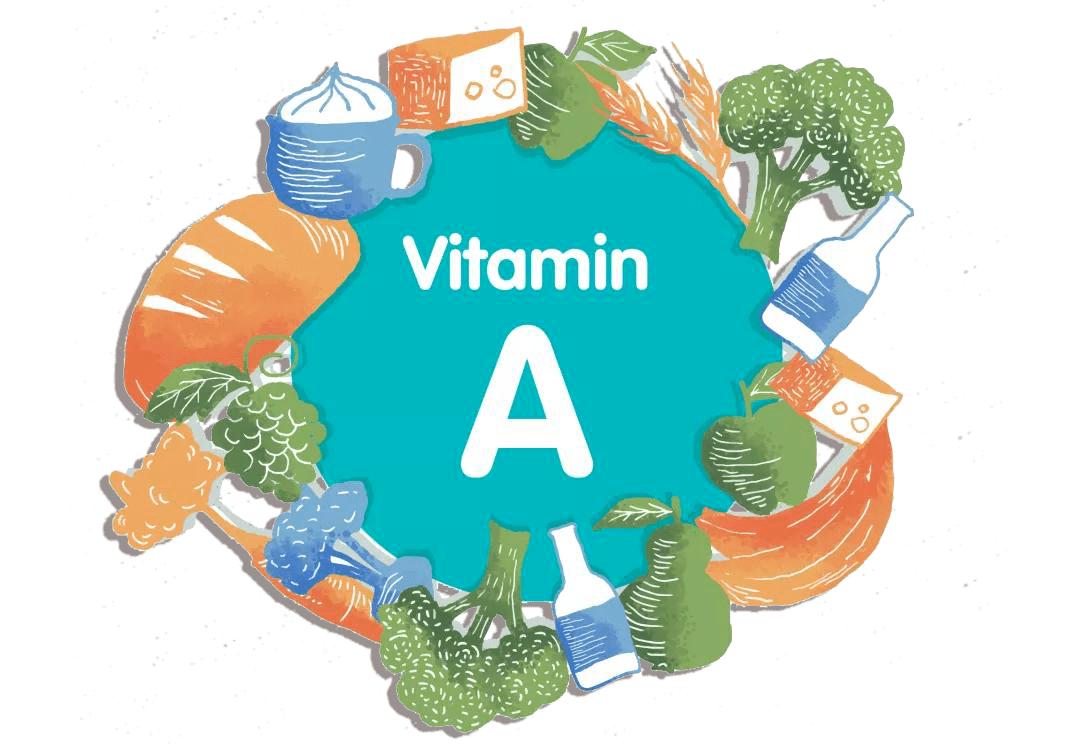
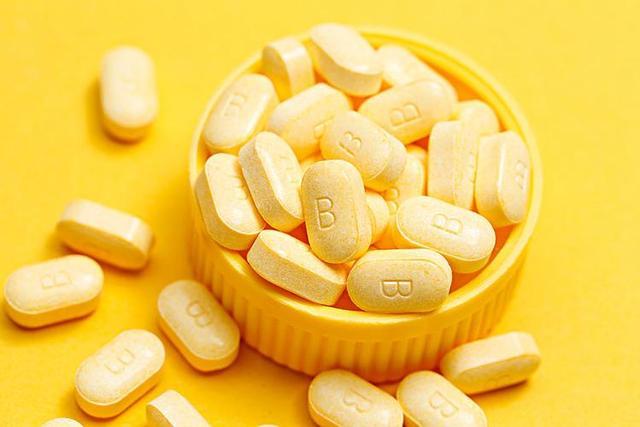
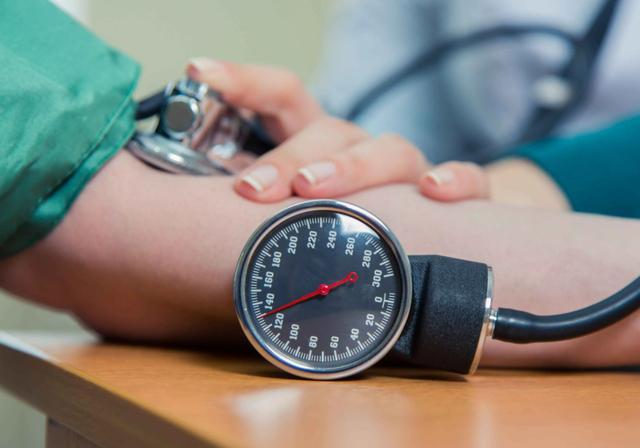

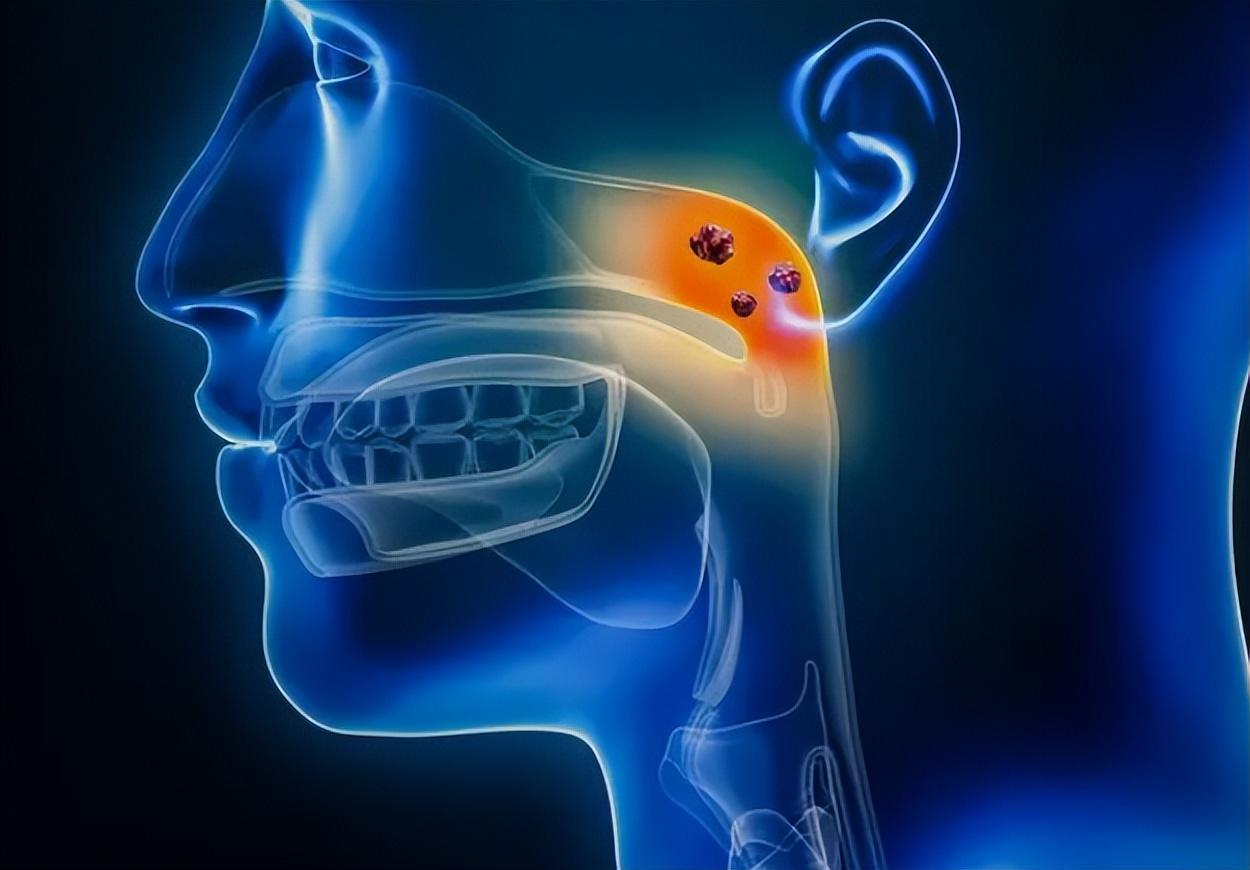

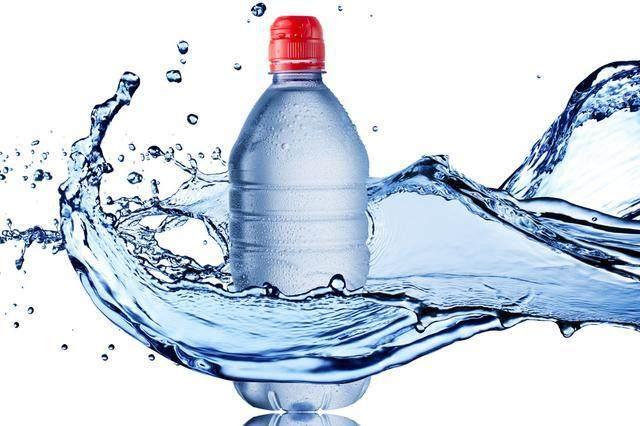


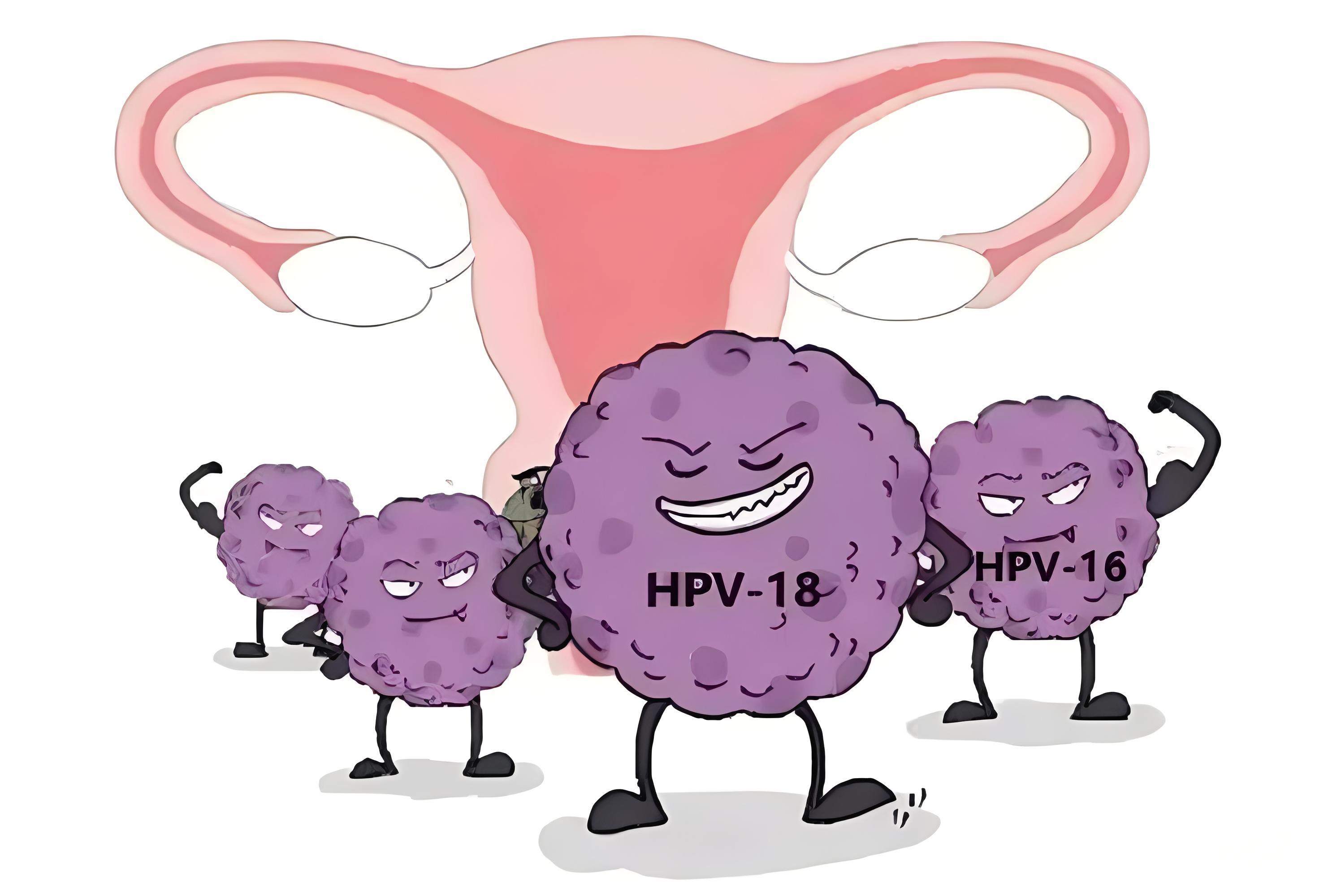

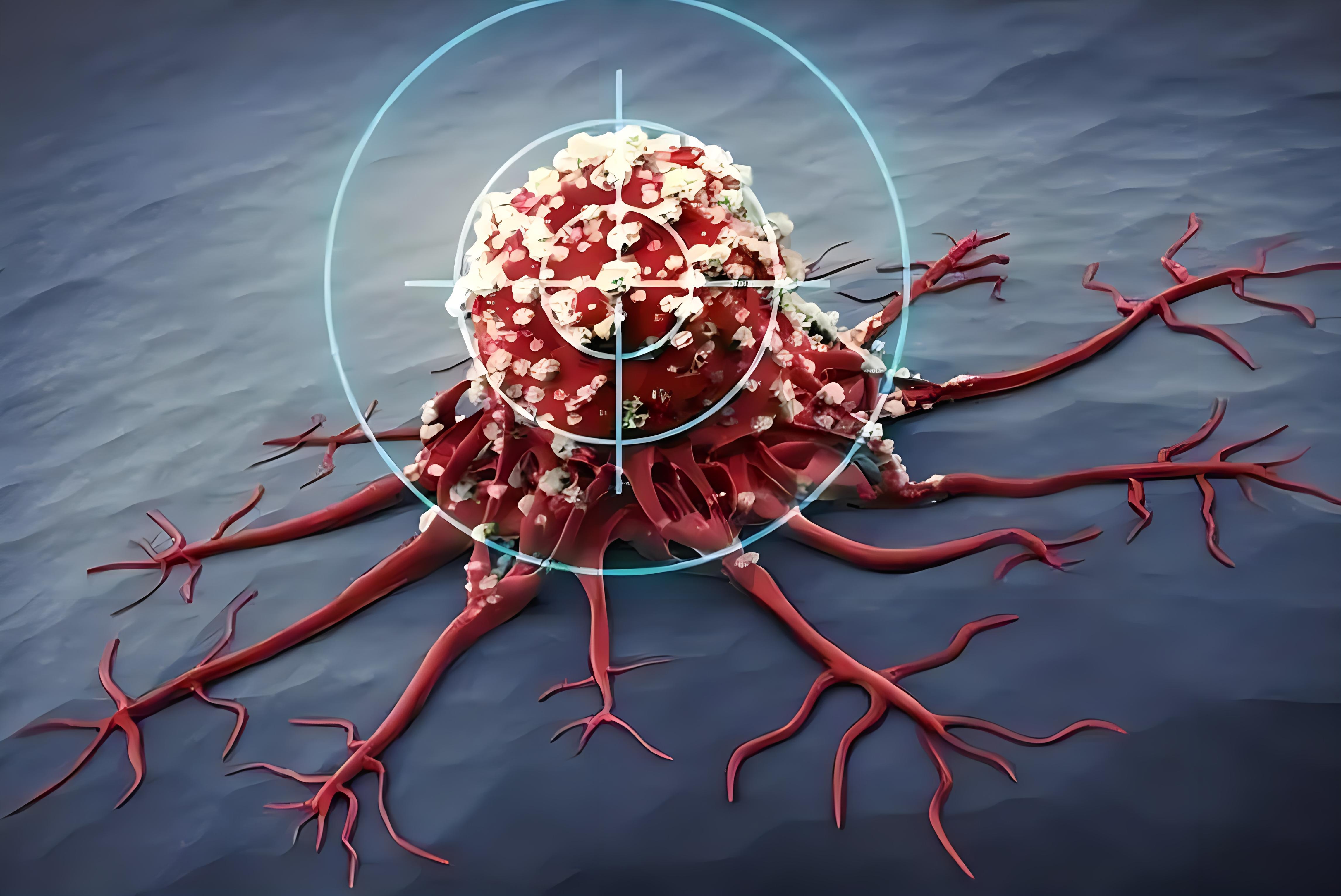






COMMENT